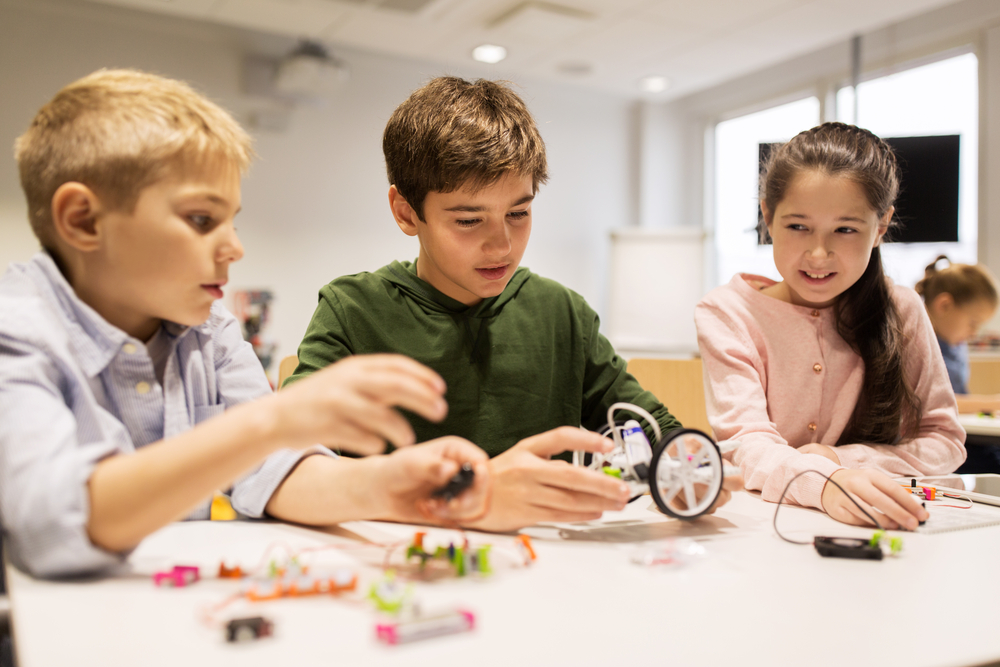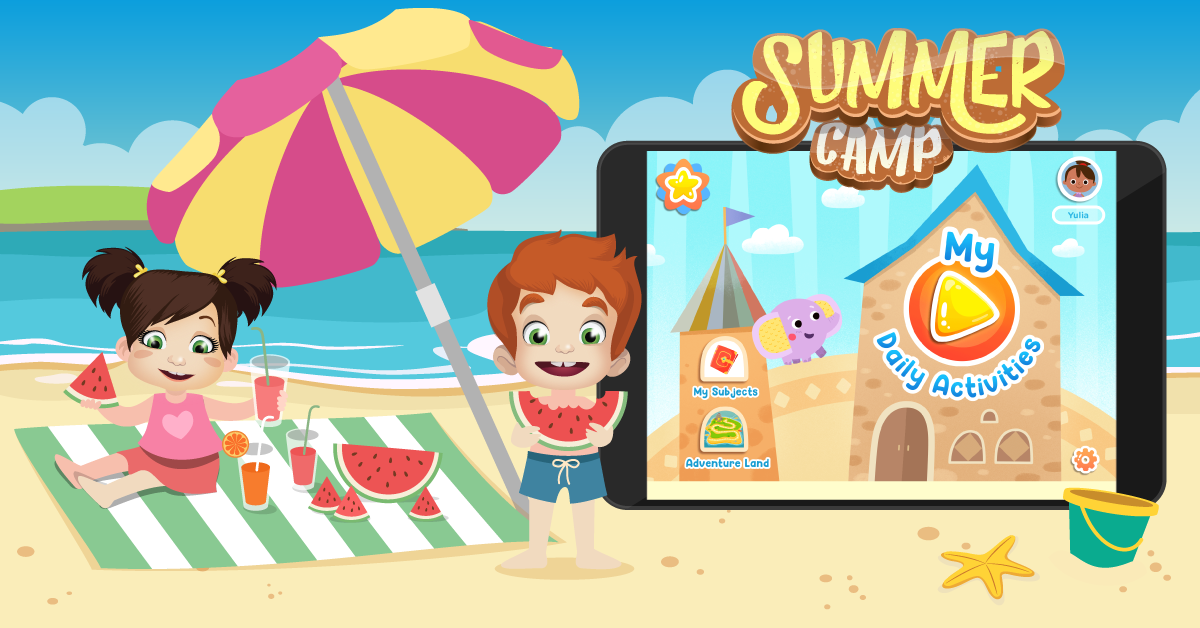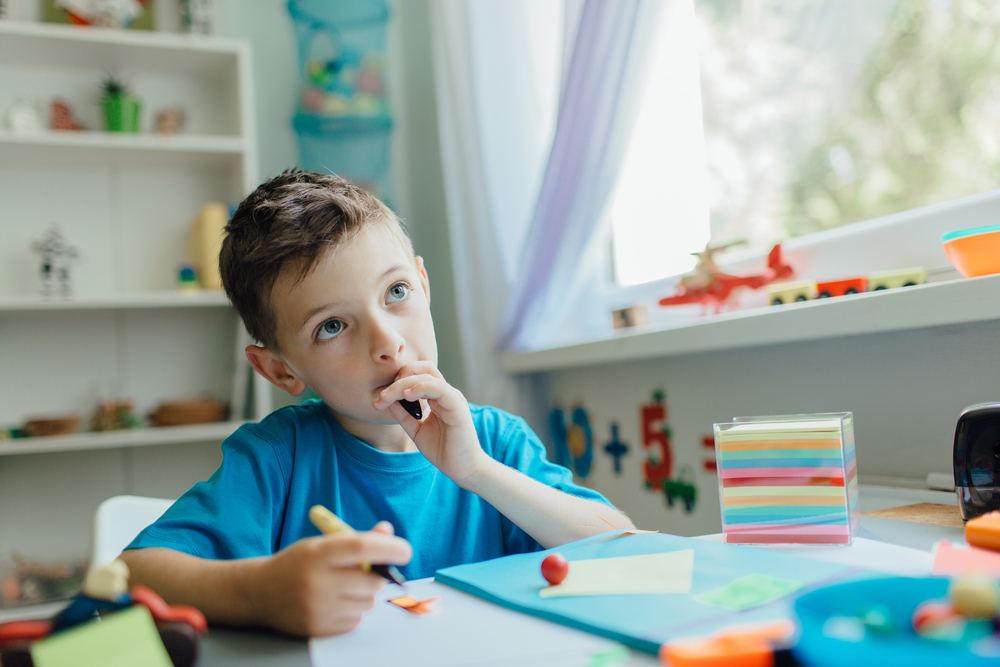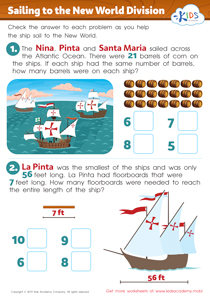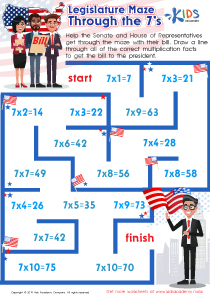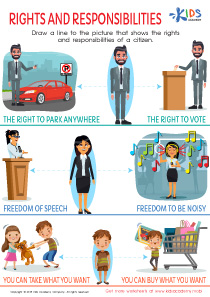Color Identification Normal Social Studies Worksheets for Ages 4-5
3 filtered results
-
From - To
Discover our engaging Color Identification Normal Social Studies Worksheets, specially designed for children ages 4-5! These fun and interactive resources help young learners explore colors while developing their fundamental social studies skills. Each worksheet features vibrant visuals and captivating activities that encourage kids to recognize and identify various colors in their environment. Perfect for enhancing cognitive development and fostering creativity, these worksheets are ideal for both classroom and home learning. Empower your little ones to connect colors with real-world objects and situations, laying the groundwork for curiosity and social understanding. Start their colorful learning journey today!
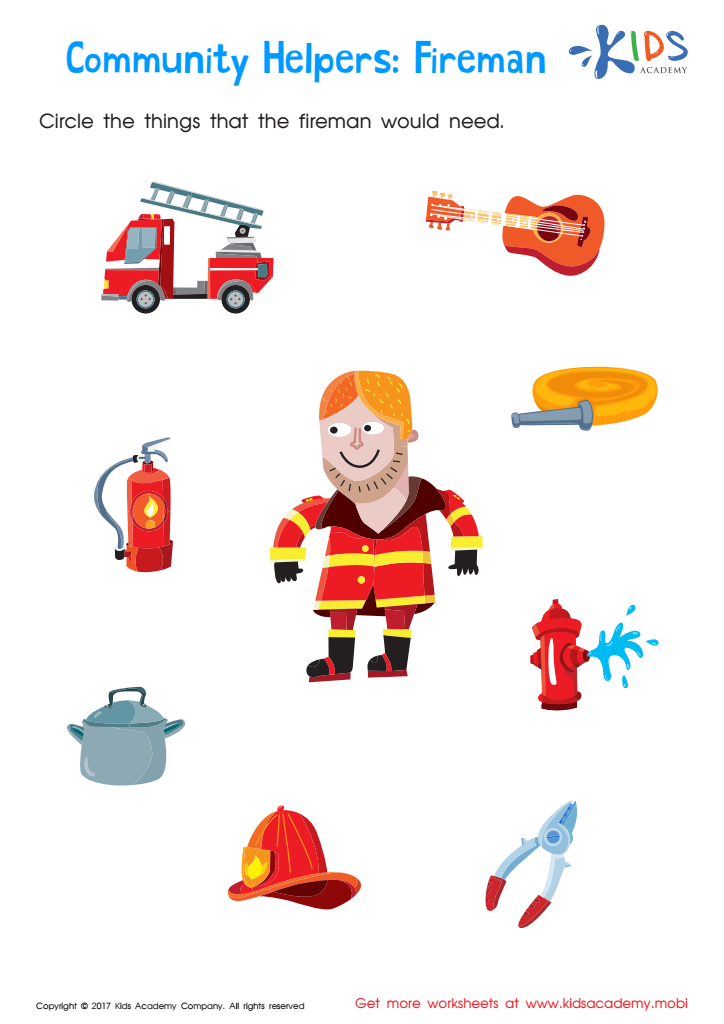

Fireman Worksheet
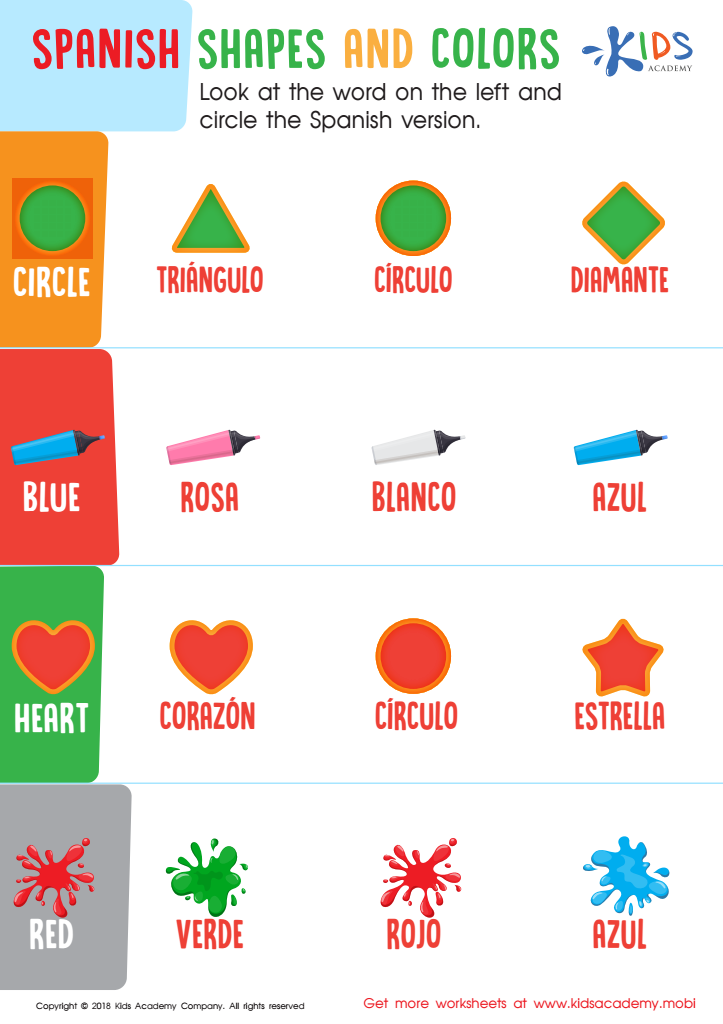

Spanish Shapes and Colors Worksheet


Playground Worksheet
Color identification is a crucial developmental skill for young children, especially those aged 4-5, and it significantly impacts their social studies learning. Understanding colors goes beyond simple recognition – it serves as a foundation for cognitive development, language acquisition, and social interaction.
Parents and teachers should care about this aspect as it nurtures children’s ability to express themselves and communicate their ideas effectively. When children learn to identify colors, they can better describe their world, enhance their vocabulary, and make connections between different concepts. For instance, in social studies, colors are used to explain maps, identify communities, and relate to cultural symbols, encouraging a deeper understanding of the world around them.
Moreover, learning colors can foster creativity in children. Activities involving color sorting and blending help in developing fine motor skills while also encouraging imaginative play. Socially, identifying colors can lead to collaborative activities where children engage in group projects, enhancing teamwork and social skills.
Ultimately, by focusing on color identification within social studies, parents and teachers can lay the groundwork for holistic development, equipping children with essential tools for future learning and social engagement. It cultivates their curiosity and awareness of diversity, making it a key focus in early childhood education.
 Assign to My Students
Assign to My Students






